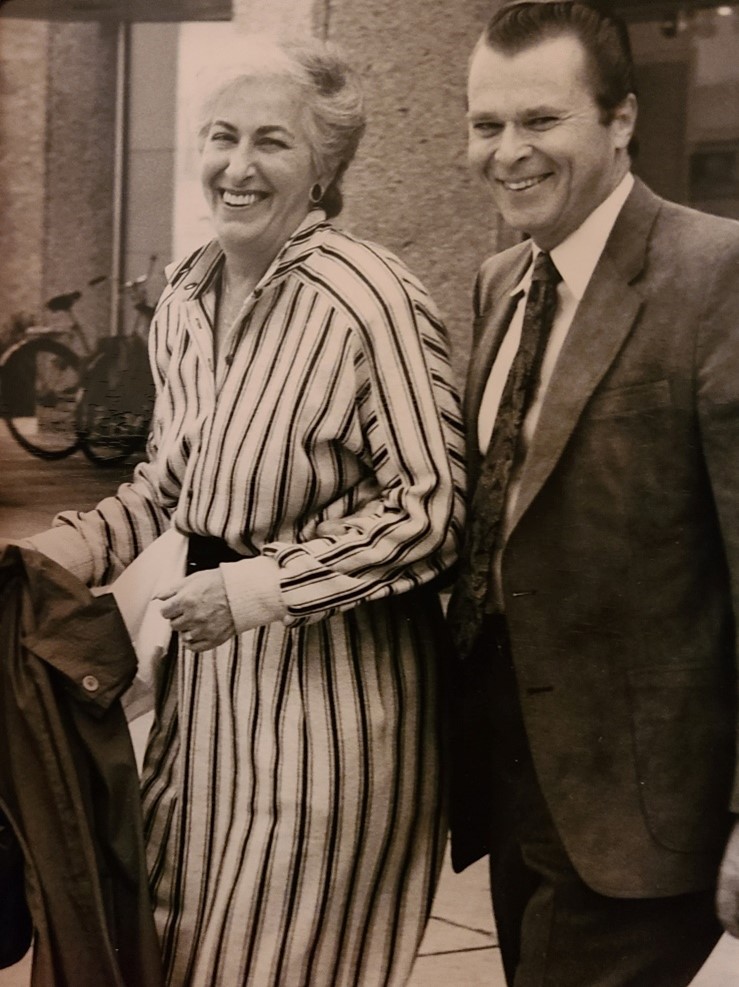In the early years of the National D-Day Memorial, when much of the landscape was still early in maturity and little shade existed for visitors on site, the idea of an outdoor walking trail in the wooded area of the Memorial’s expansive acreage was discussed as a possible retreat from the heat which could also offer an added space for educational content.
In 2012, Memorial staff reached out to the Department of Forest Resources and Environmental Conservation at Virginia Tech about involving students in a project to map out a walking trail around the wooded perimeter of the Memorial with interpretive signs along the path. Embracing the project, a group of students visited the Memorial and envisioned various content, stopping points, benches, and brochures that could accompany a new trail. Their ideas and detailed plans were poured over by Memorial staff. But still recovering from the economic recession, the Memorial put on hold any new plans for the trail at that time.

After clearing for Eagle Scout project
Years later, the Memorial was approached by a local Boy Scout about an Eagle Scout project to clean off a segment of wooded area around the monument and begin the task of building benches. The project breathed new life into the dormant idea of a usable trail. His hard work and rigorous cleaning out of the heavily forested area allowed the staff to re-envision a more permanent solution to a trail that could be easily accessible to veterans, visitors, and students. In 2016, with his project complete, the Memorial looked at how to properly institute the trail aside from use by certain group visits, students, and JROTC activities. Though the trail was much more established, there were still accessibility issues and there remained the constant maintenance of a wooded site that was easily overgrown. The path remained closed to regular visitors.
In 2020, the Memorial hired Glave & Holmes Architecture and Waterstreet Studio to create a detailed, permanent plan for an outdoor trail that would meet all the Forest Service Trail Accessibility Guidelines and would require little ongoing maintenance.

Trail under construction
With plans in place by 2021, the Memorial began fundraising and broke ground on Veterans Day of that year. A significant gift from long-time husband and wife supporters Ambassador Rozanne Ridgway and the late Captain Ted Deming made the development of the trail possible. Other supporters and foundations further contributed to the project. With those gifts and work completed in phases by Jamerson-Lewis Construction, the Memorial dedicated the first half of the trail on June 6, 2023, and the final portion of the trail on June 6, 2024, during the 80th anniversary of D-Day commemoration.

Paved trail
The Ridgway-Deming Walking trail encompasses an interactive learning space with education kiosks that focus on natural resources and their use during the war. Brochures with nature related scavenger hunts for all ages to enjoy together and our location-aware app tour enhance the outdoor experience.
The trail serves as a testament to the work of everyone over the years who saw the potential of this underutilized space and its ability to educate future generations not only on the history of WWII, but on the importance of our natural surroundings.
















